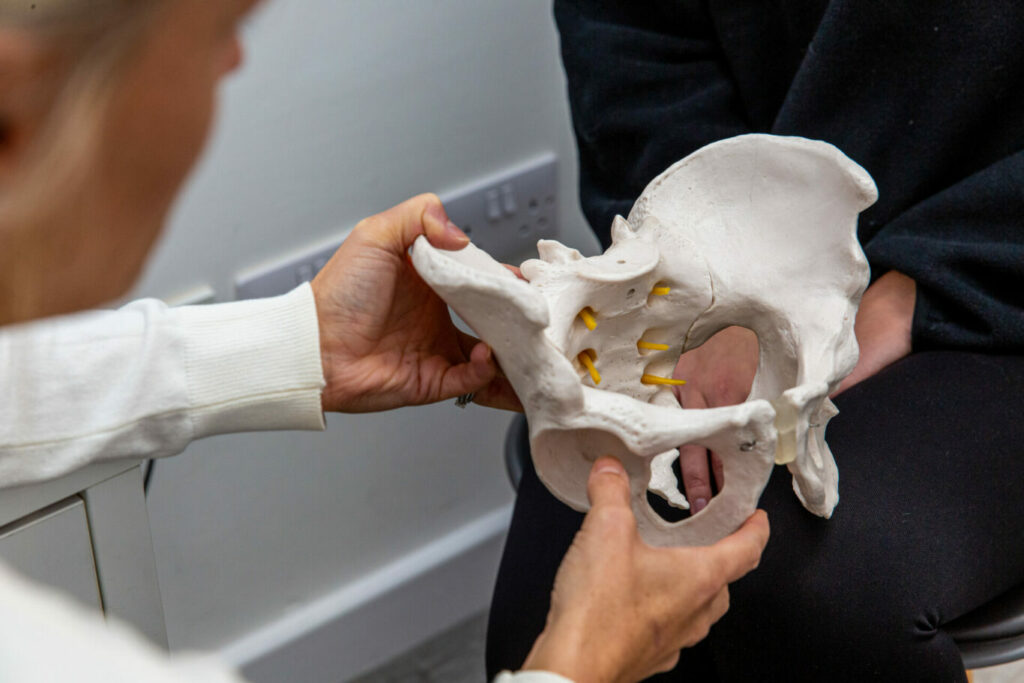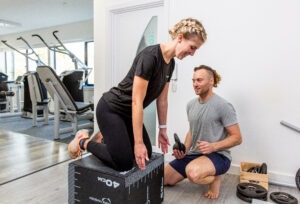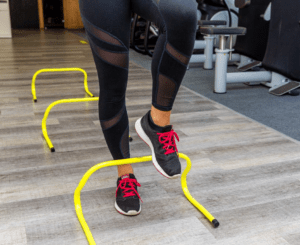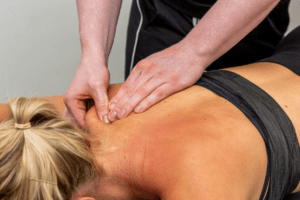What is sciatica, and how do you know if you have it?
If you have lower back pain that radiates into your buttocks and spreads down one leg as far as your knee or even your foot, this could be a symptom of sciatica. In this blog, we explore sciatica, the most common symptoms, causes, and what you can do to manage it.
What is it?
Sciatica affects your small nerves as they exit your spine. They can become slightly compressed or irritated. This causes sciatica pain, which can be intense, sharp, burning, tingling or even just an ache that radiates from your lower back, down your leg.
The pain is usually on one side of your body and prolonged sitting or standing can make it worse.
Symptoms:
- Pain travelling down one leg
- Burning or sharp pain radiating from your buttocks
- Tingling, pins and needles or electric shock sensation down your leg
- Numbness, muscle weakness or stiffness in the leg
The most common causes are:
- disc herniation
- spinal stenosis or narrowing of the spinal canal
- spondylolisthesis
Getting a diagnosis
We recommend you arrange an examination with a healthcare professional if the pain is making it difficult to stand or walk and if the pain increases when undertaking basic daily activities. A diagnosis can be reached with a physical examination and discussion of history and symptoms, a scan is not usually required.
In most instances, the sciatica pain resolves. However, sometimes this can take a long time. In these instances, physiotherapy can be useful to help you get back on track.
How is it managed?
The best thing to do is:
- Daily exercise and stretching
- Maintain normal activities
This may feel difficult and like the wrong thing to do if the pain persists or intensifies and to start with you may need to rest. We can help you form a safe and helpful plan of exercises and stretches that will progress to your recovery. We will determine the root cause of the sciatica and form a treatment plan specific to you.
You can ease your symptoms at home with:
- Gentle movement such as short but regular walks
- Laying on your side to sleep with a cushion between your legs or on your back with a cushion under your knees
- Heat
- Painkillers
By managing your symptoms in this way it will help to maintain function and reduce inflammation.
What exercises can I do at home?
The important thing when it comes to sciatica and exercise is to remain active but keep the level of activity tolerable so you don’t cause a flare-up. There is no best exercise so choose activities that you will enjoy doing several times a week. This could include walking, swimming, and going to the gym.
Can physiotherapy help sciatica?
As physiotherapists we can lead you through the best exercises and stretching techniques for full recovery and look at ways to stop it coming back:
- Reconditioning
- Flexibility
- Posture
- Lifting techniques
- Regular exercise
Pilates and sciatica
Pilates is a great way to help ease sciatic pain but it is important to work with a qualified instructor to ensure you do the appropriate exercises.
We may advise you to avoid intense stretches that can aggravate sciatic pain and some exercises may need to be modified to ensure you can perform them without discomfort.
The good news is that most sciatica pain will go away and professional help can speed this process up.
Check out this 2 minute video that excellently explains What is Sciatica? produced by one of our physiotherapists and their patient partners.



